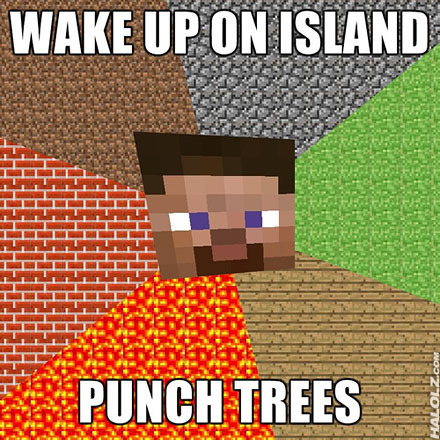As someone who hails from Silicon Valley and has a lot of friends working at places like Google, Facebook, LinkedIn, etc., I’ve been able to take advantage of a lot of input and exposure to new technologies as I’ve been exploring the possibilities for DH to inform my own research in Renaissance drama.
The University typically sets itself aside from the private sector, especially in the humanities. There’s much more back-and-forth conversation in the sciences though, with professors consulting for industry and industry leaders returning to lecture at the academy. I wonder if DH should or will provide a similar bridge between private and public as tech companies might produce a tool useful for digital humanists or bibliographers/librarians/archivists/etc. might be able to do consulting for projects such as Google Books.
This perhaps also relates to Eric’s public humanities session. We all bemoan the awful lack of metadata in the Google Books digitization project, but the truth is those texts will be the ones that the general public is most likely to access – not the carefully curated archives that DH academics have been painstakingly putting together (at the moment anyway). Is partnership with industry our best shot at getting the right (or at least better) information about humanist subjects out there? What are the possibilities or ramifications of flirting with the line between public and private DH?

 Hi, my name is Vic. I’m one of the kids coming to THATCamp. My proposal is about
Hi, my name is Vic. I’m one of the kids coming to THATCamp. My proposal is about 